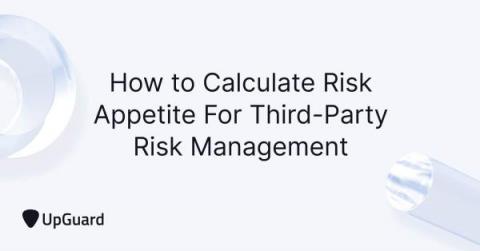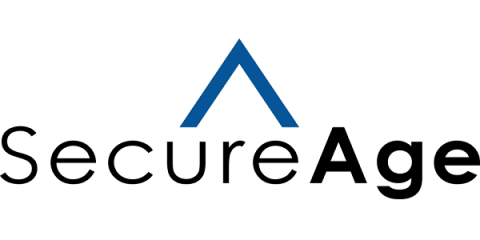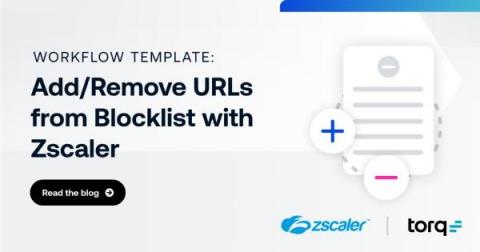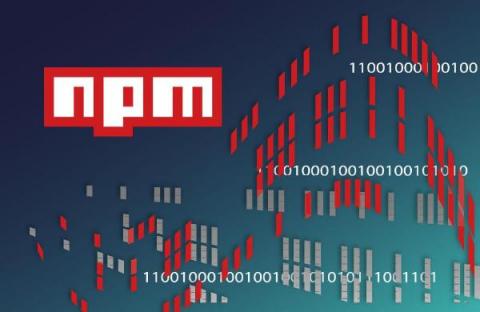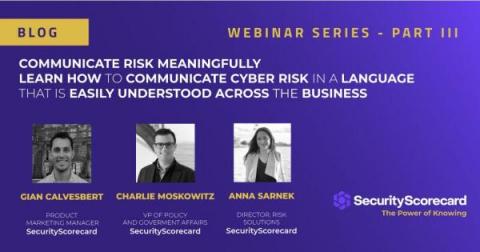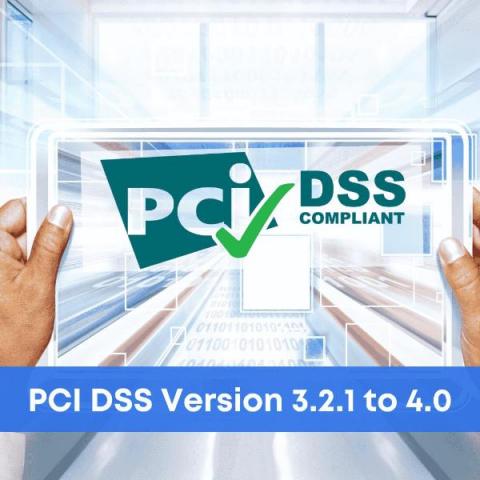How to Calculate Risk Appetite for Third-Party Risk Management
Because virtually all vendor risk management processes depend upon the third-party risk standards stipulated in a risk appetite statement, it’s almost impossible to secure your third-party attack surface without a risk appetite statement.


